At the Islamic Civilization Center in Uzbekistan, history is presented in a visual format
The scientific and cultural heritage of our people, their contribution to Islamic civilization, as well as the activities of great scholars who emerged from our homeland during the First and Second Renaissance periods, are widely presented in a new format.
The Islamic Civilization Center in Uzbekistan is not only a museum or a scientific institution, but also a space of enlightenment where history and modern technology are harmoniously integrated.

The exhibitions and multimedia materials being developed at the Center are created through discussions among scholars, historians, and art experts, with attention paid to every detail.
To this end, a presentation and discussion of scientific and historical video materials were held at the Center. Leading scholars of our country, experts in history and culture, directors, calligraphers, designers, and young researchers participated in the event.

The participants exchanged views on the content, artistic expression, and scientific accuracy of the historical videos produced in line with the Center’s exhibitions.
The Islamic Civilization Center in Uzbekistan, established on the initiative of President Shavkat Mirziyoyev, is a grand spiritual and educational complex. Its main purpose is to highlight our nation’s scientific and cultural heritage, its contribution to Islamic civilization, and the great scholars who emerged during the First and Second Renaissance periods.
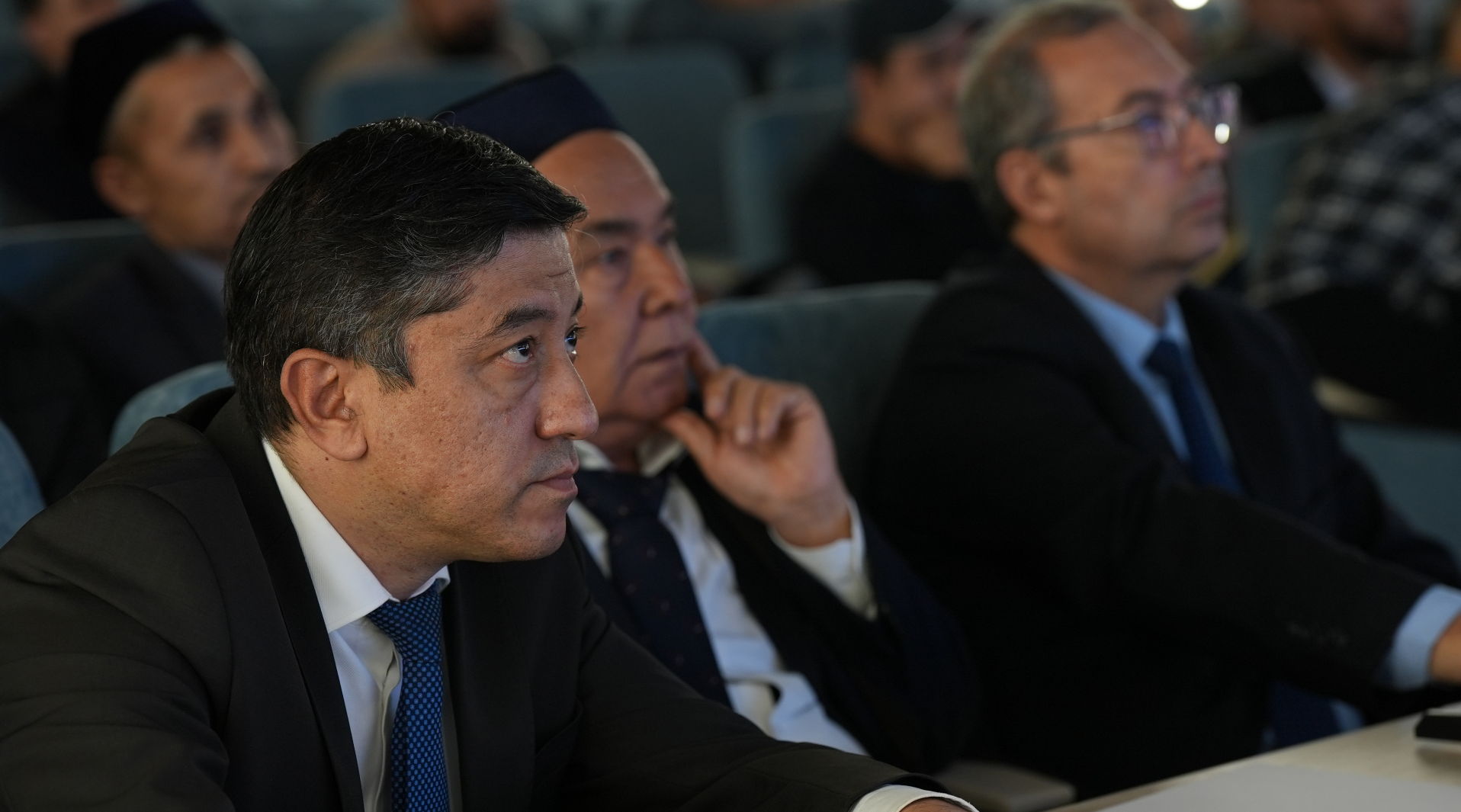
During the screening of the videos dedicated to the Second Renaissance section of the museum exhibition, our scholars and directors worked together. Every detail is approached with great care. The point is that the content of such a majestic building as the Islamic Civilization Center in Uzbekistan, being built under the initiatives of our President, must match its scale and we are all working toward that, said Dr. Khurshid Fayziev, Doctor of Historical Sciences.
During the event, video clips about such great historical figures as Amir Temur, Mirzo Ulugbek, Alisher Navoi, Sultan Husayn Bayqaro, Imam Bukhari, Imam Termizi, and Ahmad Fergani were shown. Through stage interpretations and modern graphic solutions, historical realities were revived in visual form.
Experts noted that 3D reconstructions of ancient cities and architectural monuments created with the help of artificial intelligence play an important role in fostering national pride and interest in science among young people.
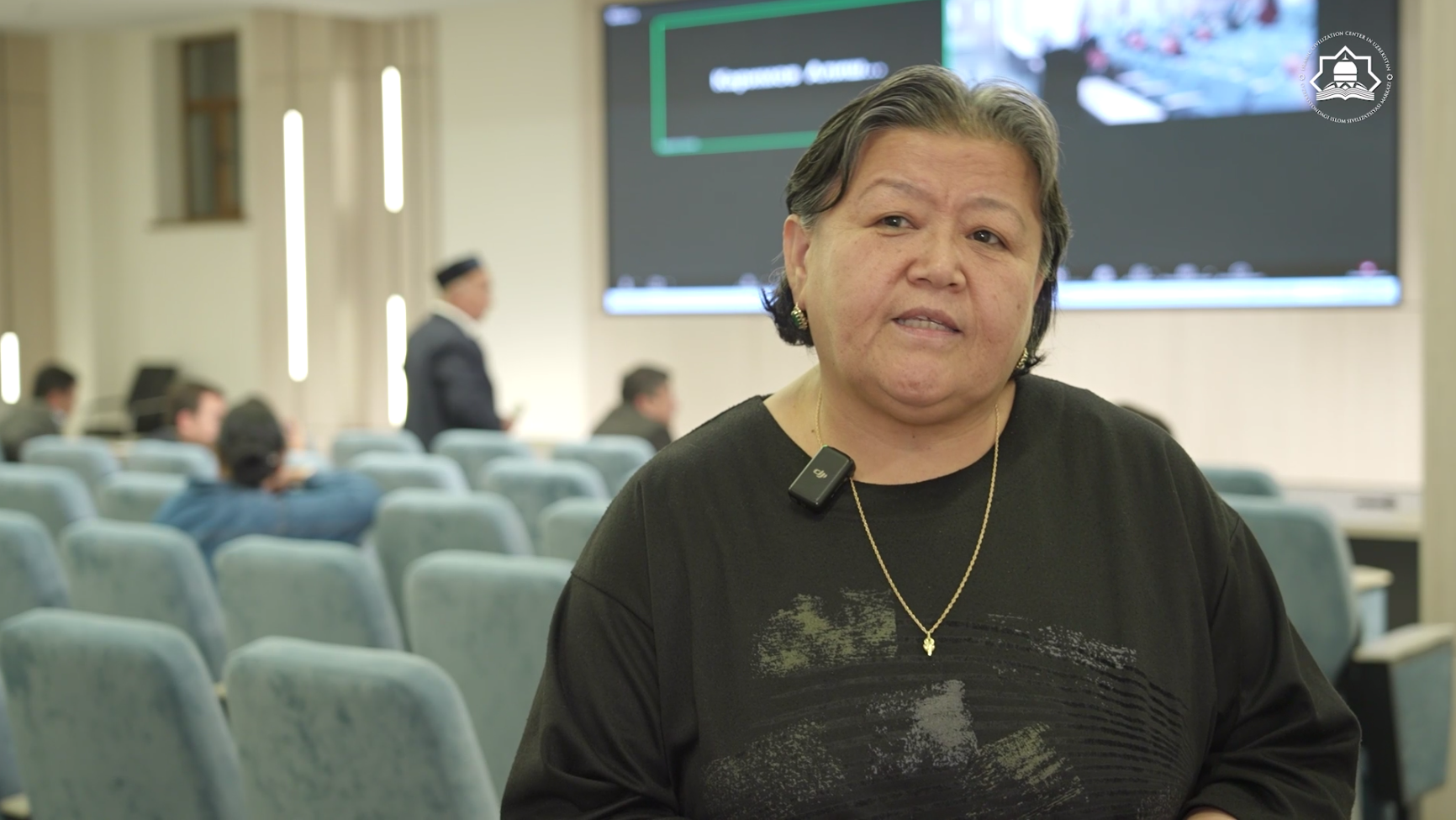
The videos being produced are designed in harmony with the Center’s exhibitions. They will not only provide visitors but also the international scientific community with an opportunity to experience the rich Islamic and cultural heritage of our country, said Burobiya Rajabova, Candidate of Philological Sciences.
At the end of the discussion, suggestions were made to further improve the videos. The Center’s team plans to organize presentations of these materials on international online platforms in the future.
Most read
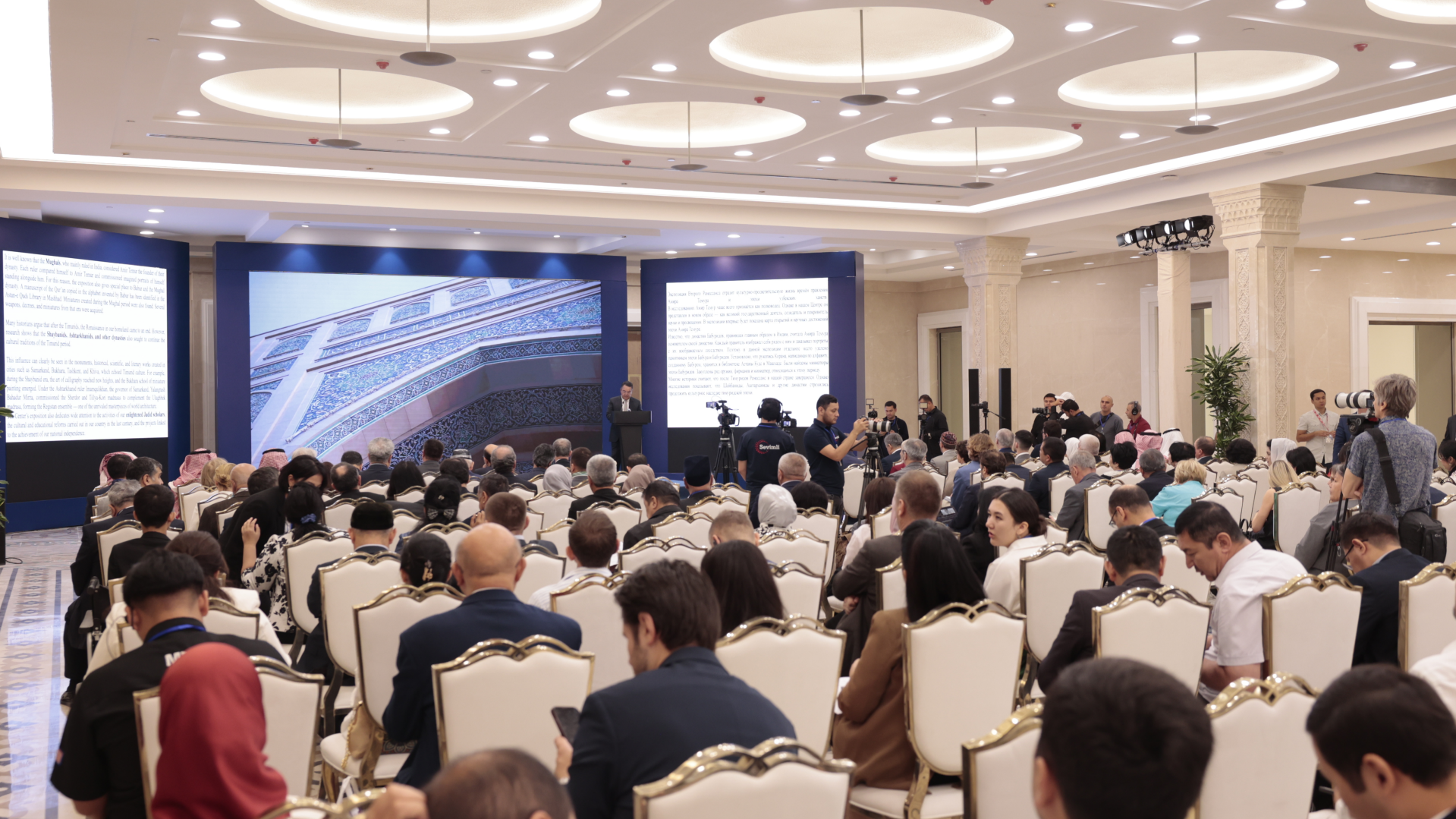
Over 100 experts from more than 20 countries of the world are in Tashkent!
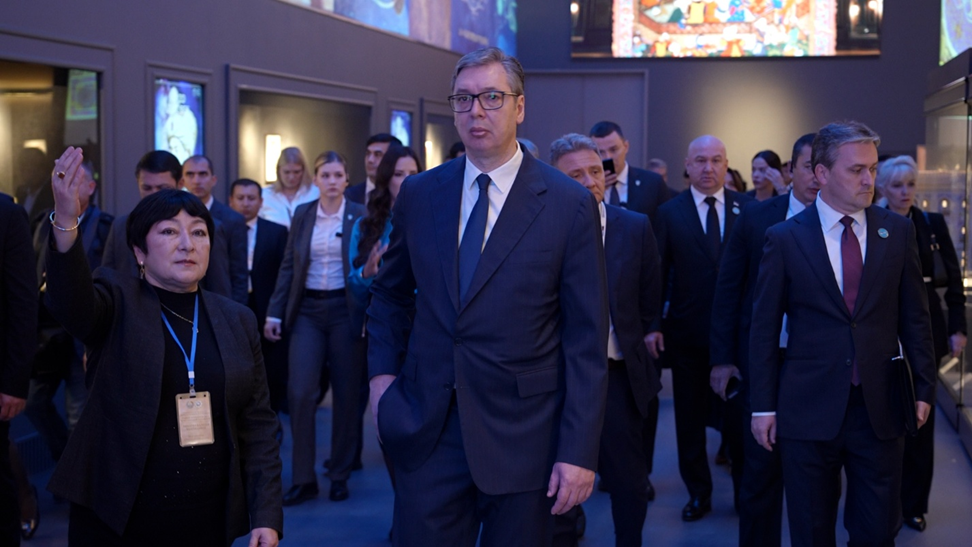
President of Serbia Aleksandar Vučić visited the Islamic Civilization Center in Uzbekistan
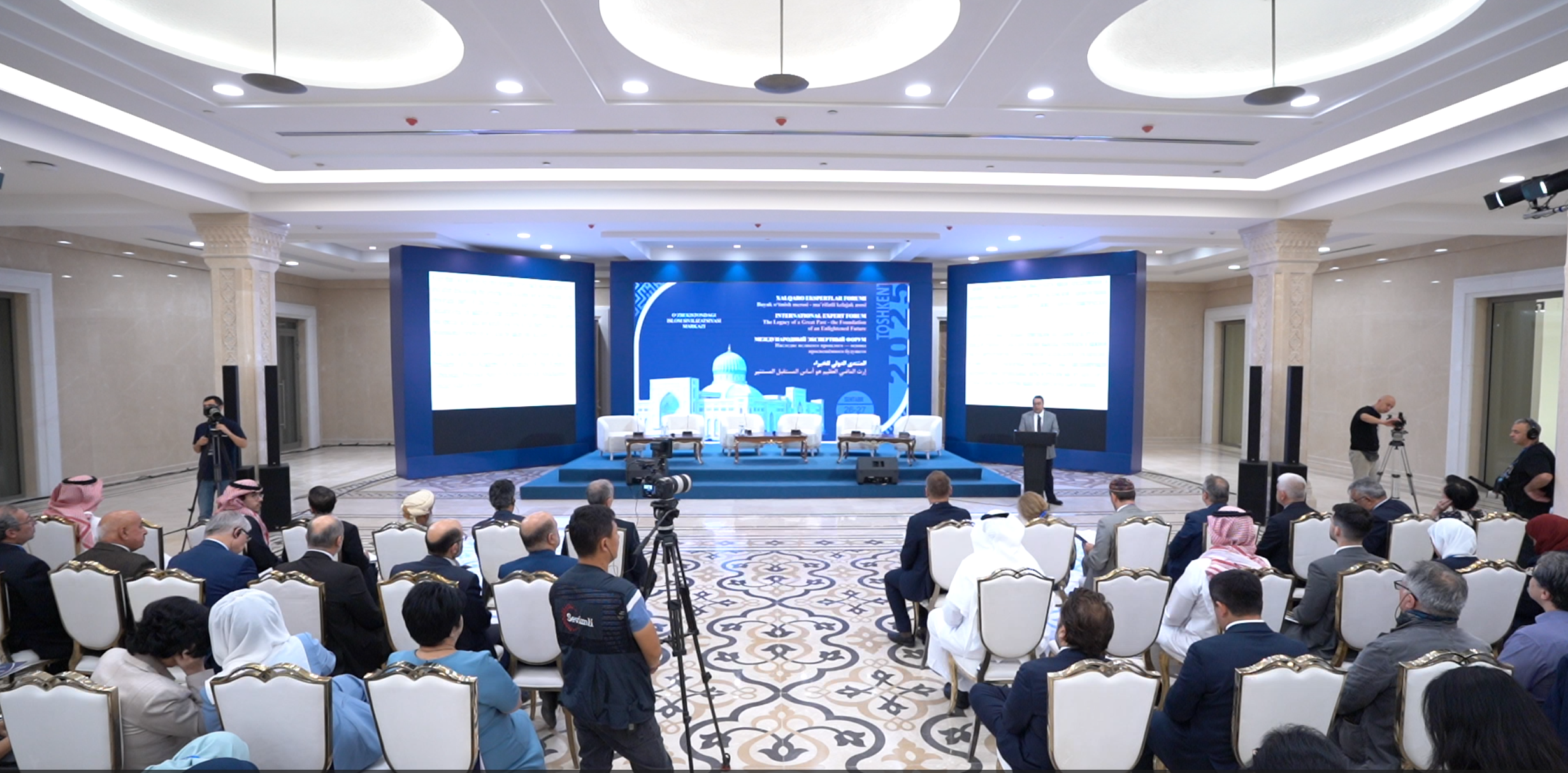
The Center for Islamic Civilization – a global platform leading towards enlightenment











